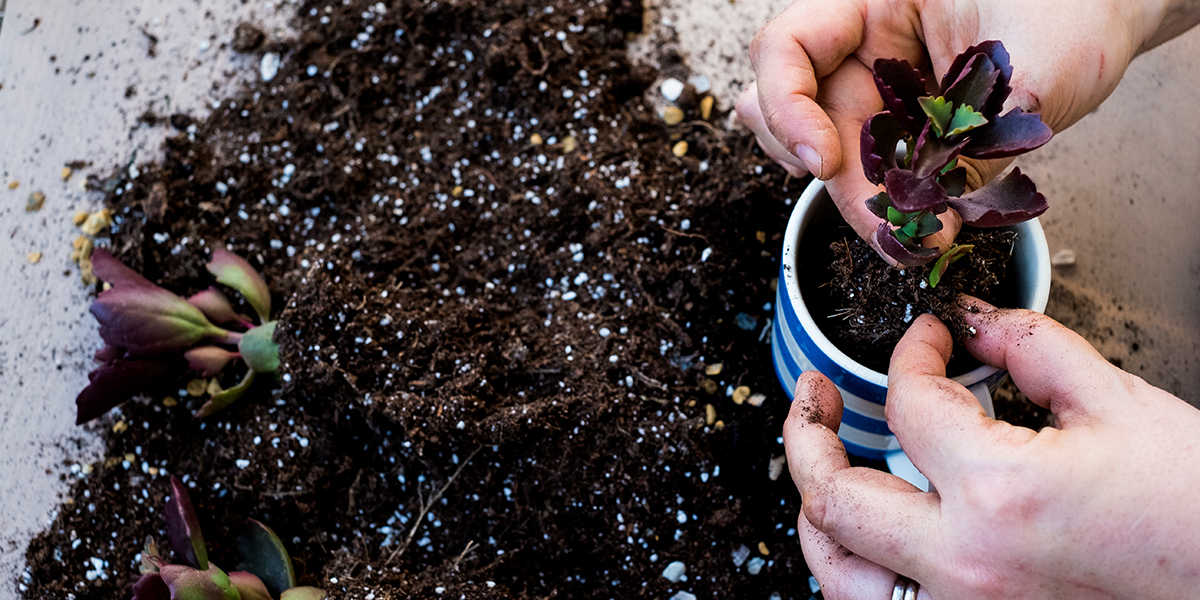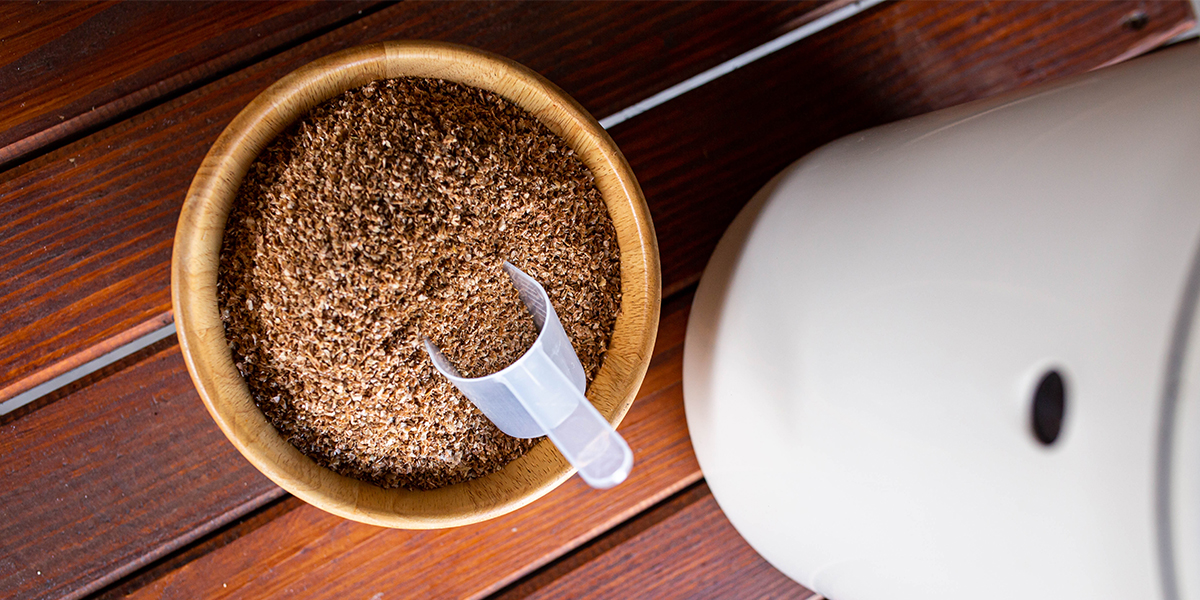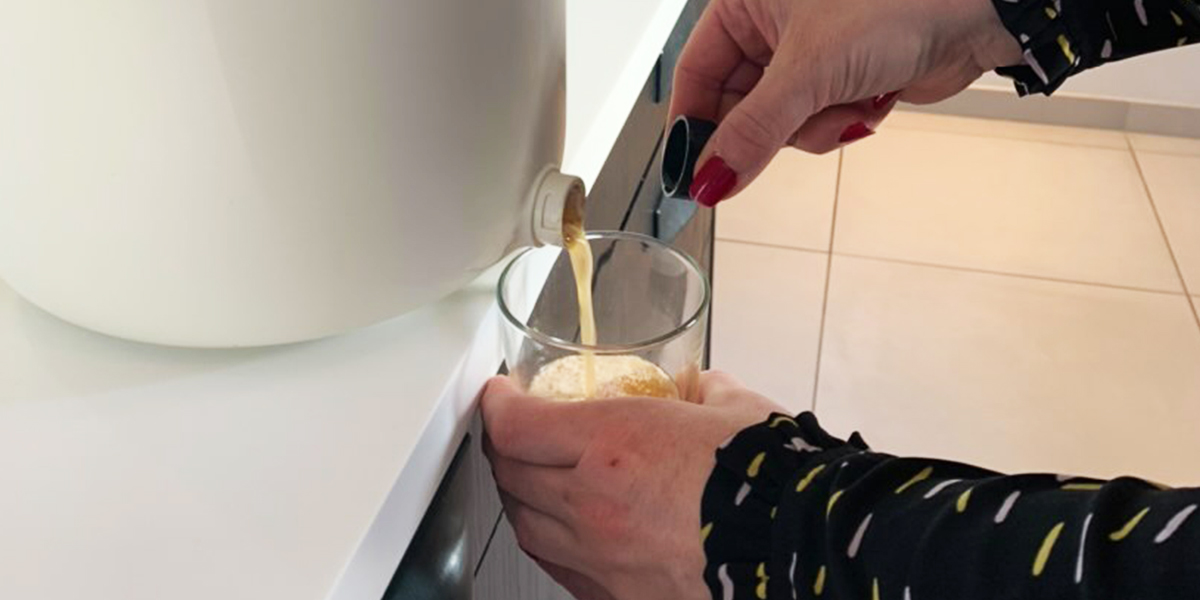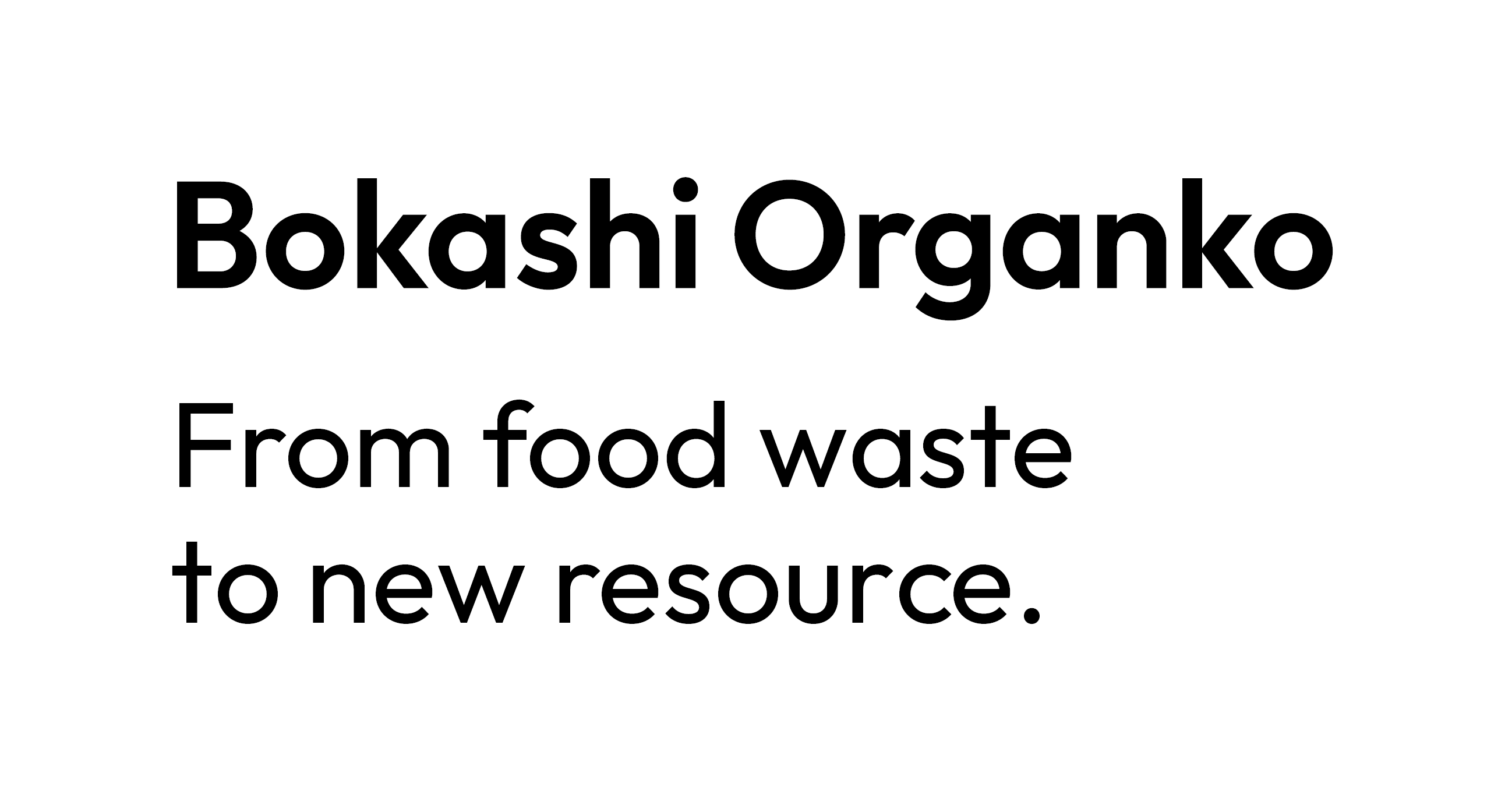When most people hear about composting or compost, they think of piles of organic waste (such as leaves, grass clipping, etc.). And, while that is still the most common type of composting, anaerobic compost applications have grown in popularity. As such, this ancient method of organic waste management has been noticeably gaining popularity in the western part of the world in the last couple of years. These days it is used for industrial and personal purposes to convert mainly food waste into reusable soil builder and fertilizing liquid, which is produced as a side product.
We’ll take a closer look at both of these use cases as we move on. However, we must first cover some basics to ensure that you’ll be able to answer the “what is anaerobic compost?” question properly.

What is anaerobic compost
Let’s start by addressing the technically incorrect use of the word “compost” in the case of the “anaerobic compost” phrase. As the title suggests, anaerobic decomposition is not really composting. The term “composting” is technically reserved for aerobic decomposition. However, we tend to use the words “compost” and “composting” for all sorts of organic waste management initiated/managed by people that produces a nutrient-rich soil builder as an end product.
Furthermore, let’s take a look at the “anaerobic” part of this process. This term is used for all processes that take place in the absence of air (oxygen in particular). Since the complete absence of air can often be a challenging condition to accomplish, we talk about anaerobic decomposition when the oxygen concentration is below 5 mg/l. In addition, there are other important factors affecting the composting process.
To achieve these conditions, using enclosed containers is the simplest solution, though covering a pile of organic waste with an airtight tarp can also work. Moreover, using enclosed containers offers a highly practical solution as it eliminates odor and prevents any pest from accessing the organic waste during the decomposition process. It also eliminated the need for pile turning, which can be a highly inconvenient part of aerobic composting. As such, an anaerobic compost solution is great for industrial organic waste management. Moreover, it is also the most practical way to handle kitchen waste in any type of home (also known as indoor composting).

Anaerobic compost vs. anaerobic decomposition
Before we move on, you need to know that anaerobic compost and anaerobic decomposition do not necessarily refer to the same process. You see, anaerobic decomposition is the cover term for all types of organic decomposition with the absence of oxygen. On the other hand, anaerobic compost is technically correctly referred to as fermentation, which is a type of anaerobic decomposition that stimulates life. Furthermore, if the anaerobic decomposition is not stimulating life, we talk about rotting.
Let’s also mention Bokashi composting, which is yet another term for anaerobic compost. It originates from Japan, where people already used this technique to manage organic waste millennials ago. As such, “anaerobic composting” and “Bokashi composting” terms are more often than not used interchangeably.
Effective microorganisms and anaerobic compost
As you most likely know, there is a wide range of organisms involved in composting. Furthermore, a group of organisms plays the most significant role when it comes to organic material decomposition - microorganisms. In particular, we talk about beneficial or effective microorganisms (EM), which are represented by Rhizobia, Mycorrhizae, Azospirillum, Bacillus, Pseudomonas, Trichoderma, Streptomyces species, and many more. In addition, just like we have aerobic and anaerobic decomposition, we also have aerobic microorganisms and anaerobic ones. The former requires oxygen to process organic material, while the latter manages to get the job done without oxygen. Furthermore, some microorganisms can survive and thus process organic material in both conditions.
You are probably aware that both types of beneficial microorganisms are naturally present in the environment. Thus the process of beneficial decomposition could take place on its own. However, since conditions in anaerobic compost tend to be rougher (highly acidic), using a fermentation starter is the optimal solution. That way, the process is sped up significantly, and we can have a pre-compost material ready in 14 days.

Use cases of anaerobic compost
As previously mentioned, anaerobic compost is used in industrial as well as personal manners. As you may be aware, disposing of organic waste in landfills causes large amounts of CO2 emotions to be released into the atmosphere. Considering the amount of organic waste that we produce and the fact that the enhanced global warming effect poses one of the biggest threats to our planet, we ought to do better. As such, there are many anaerobic digestion (AD) plants that use the anaerobic compost process to manage organic waste responsibly. On average, these plants reduce between 0.5 - 1 ton of CO2 emissions per 1 ton of organic waste. They also produce organic soil builders and fertilizers that local farms then use to manage their fields in a sustainable manner.
Aside from industrial solutions, anaerobic compost enables average Joes and Janes to contribute to organic waste management right in their homes. While aerobic composting may also be used indoors, it is quite messy. As such, Bokashi composting turned out to be the ultimate solution for kitchen waste management. By using a quality indoor composter (the best way is to cycle two bins), even apartment dwellers have a chance to turn their organic waste into Bokashi cake and Bokashi liquid. And more importantly, to directly reduce their CO2 emissions.
These types of indoor anaerobic compost solutions are very easy to use - it is very similar to using any organic waste bin. However, you want to add some Bokashi bran on top of every layer of organic waste to introduce EM to the mix. Moreover, Bokashi composters also come with a tab that enables you to remove the Bokashi liquid every 2 days. The latter can be used to clean your drains or to fertilize your plants by diluting it in a 1:200 ratio.

What is anaerobic compost and anaerobic decomposition - parting words
You now know that anaerobic decomposition is a cover process that includes two different types of decomposition - fermentation and rotting. Since the former stimulates life, it is the one that anaerobic compost refers to. Moreover, due to its origin in Japan (or Korea), this type of decomposition is also known as Bokashi (a Japanese word for fermented organic matter) composting.
Especially thanks to the practical fact of requiring airtight containers, anaerobic compost solution is used for industrial and individual waste management. The latter enables everyone to manage their kitchen waste in a practical and sustainable way. As such, it is definitely something worth doing in these times when mother earth needs us to do the best we can to right the wrongs of past generations.


